Jewelry, often seen as a symbol of beauty and status, holds a far more significant role in the global economy than meets the eye. Beyond its aesthetic appeal, jewelry has been intertwined with human culture for centuries and has played a pivotal worldwide economic dynamics. From the extraction of raw materials to the intricate craftsmanship and final retail sale, the journey of jewelry involves numerous economic facets that contribute to employment, trade, and wealth creation.
The Gemstone Supply Chain:
One of the primary economic drivers within the jewelry industry is the mining and extraction of gemstones. Precious stones like diamonds, rubies, sapphires, and emeralds are often mined in specific regions, becoming a vital source of income for many countries. The gemstone supply chain is a complex network that involves exploration, mining, processing, and distribution. Countries rich in mineral resources, such as Botswana, Russia, and South Africa for diamonds or Myanmar and Colombia for rubies and emeralds, experience substantial economic benefits from gemstone mining. These activities create job opportunities for local communities, contribute to government revenues through taxes and royalties, and stimulate economic growth.
Craftsmanship and Employment:
Once extracted, these raw gemstones transform skilled craftsmanship. Artisans and jewelry designers turn these precious materials into exquisite pieces that captivate the world. Tcraftsmanship jewelry is an art form that transcends borders, with jewelry-making traditions passed down through generations. The jewelry industry is a significant employer, providing jobs for a diverse range of individuals, from miners and gem cutters to designers and retail staff. In regions where jewelry manufacturing is a critical economic activity, such as India, Thailand, and Italy, it plays a crucial role in providing livelihoods for millions of people. The intricate skills involved in jewelry-making contribute to preserving cultural heritage and transferring traditional knowledge.
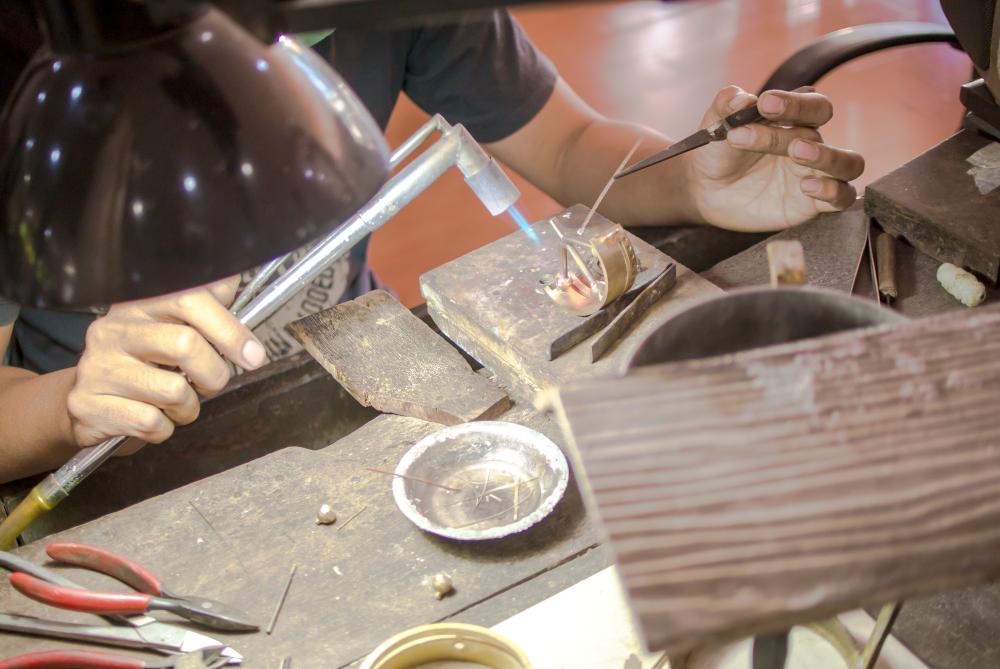
International Trade and Economic Impact:
Jewelry is a global commodity, with trade routes connecting producers, manufacturers, and consumers worldwide. The international trade of jewelry has far-reaching economic implications. The primary producer countries of raw materials benefit from exports, while those with a strong tradition of craftsmanship gain from exporting finished products. Global jewelry trade also plays a role in shaping economic relations between nations. Import and export tariffs, trade agreements, and international partnerships influence the flow of jewelry across borders. Additionally, the The industry is sensitive to fluctuations in currency values, impacting the cost of raw materials and the final retail price of the jewelry.
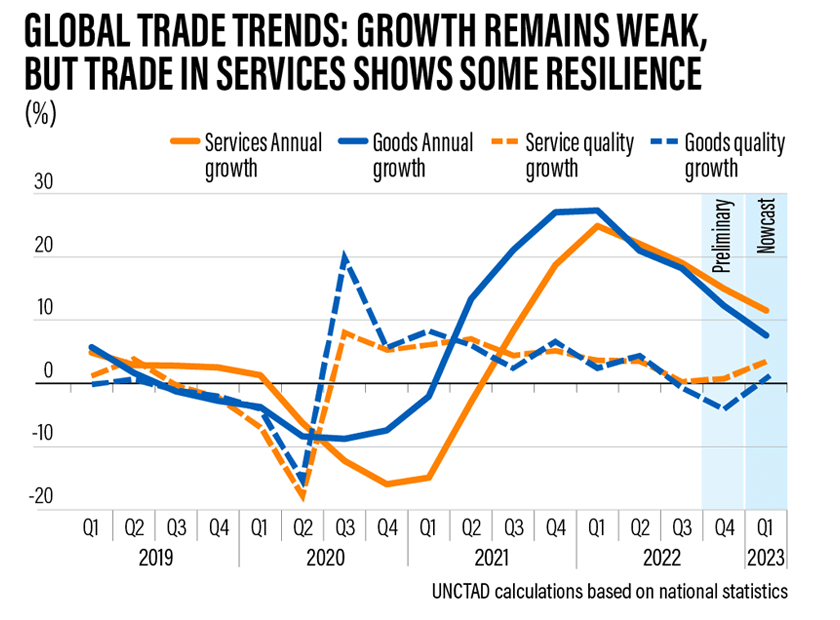
Consumer Spending and Economic Stimulus:
Consumer spending on jewelry is a crucial driver of economic activity. Whether purchased as an investment, a symbol of love, or a fashion accessory, the demand for jewelry is influenced by economic conditions, cultural trends, and consumer sentiment. During economic upswings, consumers often feel more confident and are willing to spend on luxury items like jewelry, contributing to economic growth. Conversely, during economic downturns, the jewelry industry may face challenges as consumers prioritize essential spending over luxury goods. The cyclical economy affects consumers' purchasing power and preferences, influencing the demand for jewelry.
Investment and Wealth Preservation:
Jewelry, especially precious metals and gemstones, has long been considered a store of value and a form of wealth preservation gold, for example, against inflation and economic uncertainty for centuries. Investors often turn to jewelry as a tangible asset that retains value over time. The economic role of jewelry as an investment extends beyond individual ownership. For instance, countries with significant gold reserves bolster their economic stability by holding precious metals. Central banks often diversify their assets by acquiring gold, contributing to the metal's status as a global monetary asset.
Environmental and Ethical Considerations:
While the economic impact of jewelry is undeniable, it is crucial to address the environmental and ethical considerations associated with the industry. Extracting precious metals and gemstones can adversely affect ecosystems, leading to deforestation, soil degradation, and water pollution. Responsible sourcing and sustainable practices within the jewelry industry increase as consumers demand transparency and ethical standards.
Conclusion:
Jewelry's multifaceted role in the global economy goes beyond its ornamental significance. From extracting raw materials to creating exquisite pieces and their eventual sale, the jewelry journey involves a complex interplay of economic factors. As a source of employment, a driver of international trade, and an investment vehicle, the jewelry industry contributes significantly to the economic landscape of nations worldwide. As the industry evolves, embracing sustainability and ethical practices will ensure a harmonious balance between economic growth and environmental and social responsibility. With its allure and enduring appeal, the economic gem will continue to sparkle on the global stage, reflecting the intricate connections between culture, craftsmanship, and commerce.














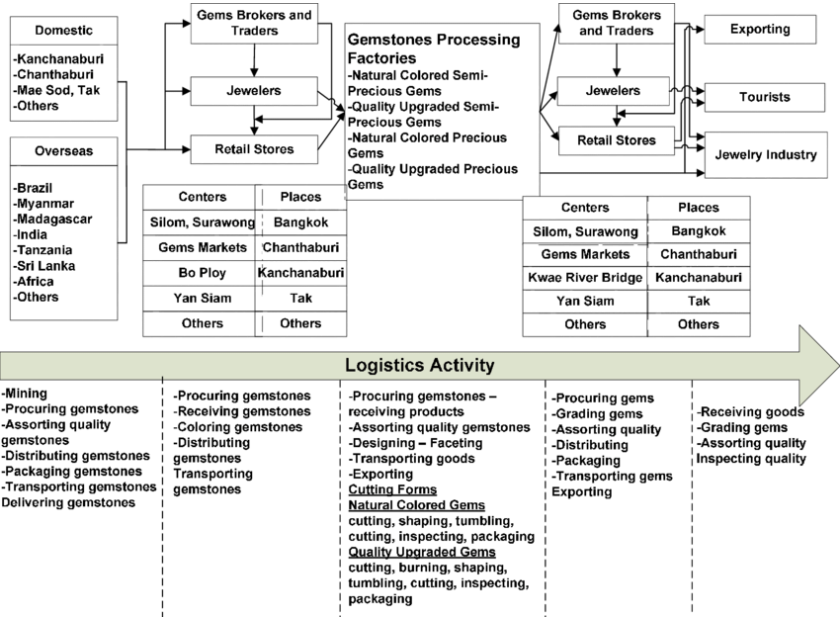

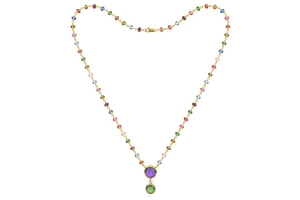

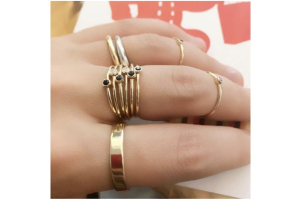
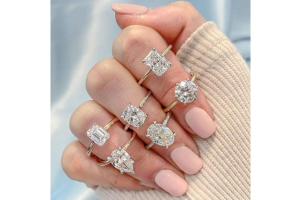
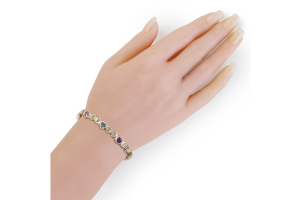

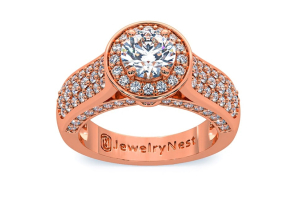
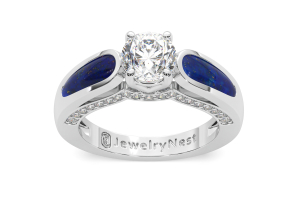
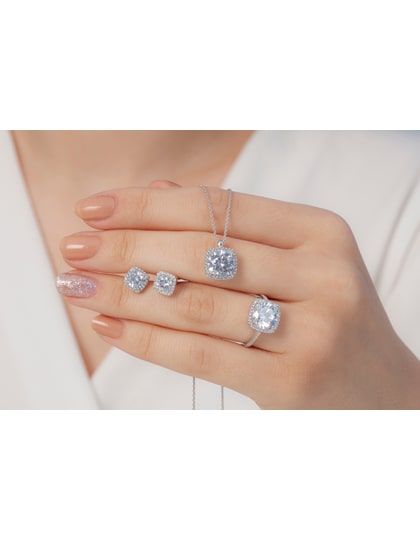
Validate your login